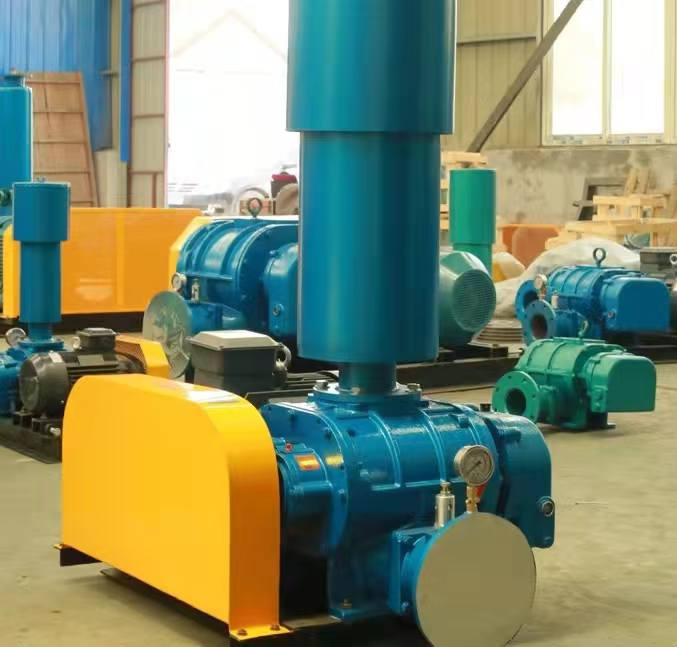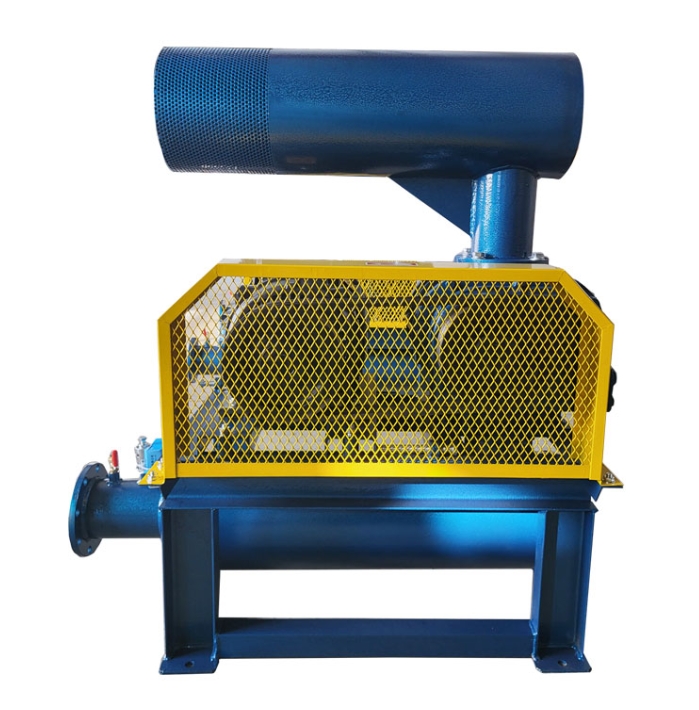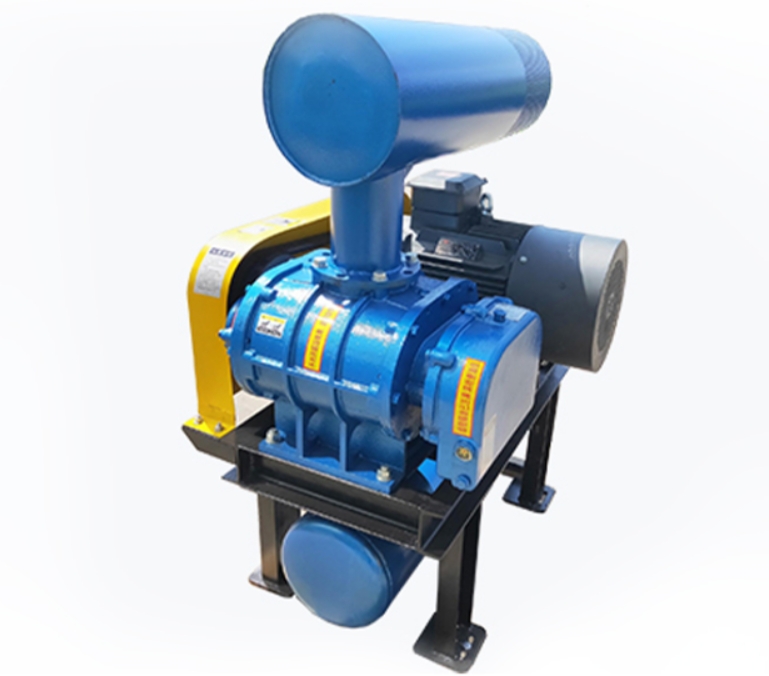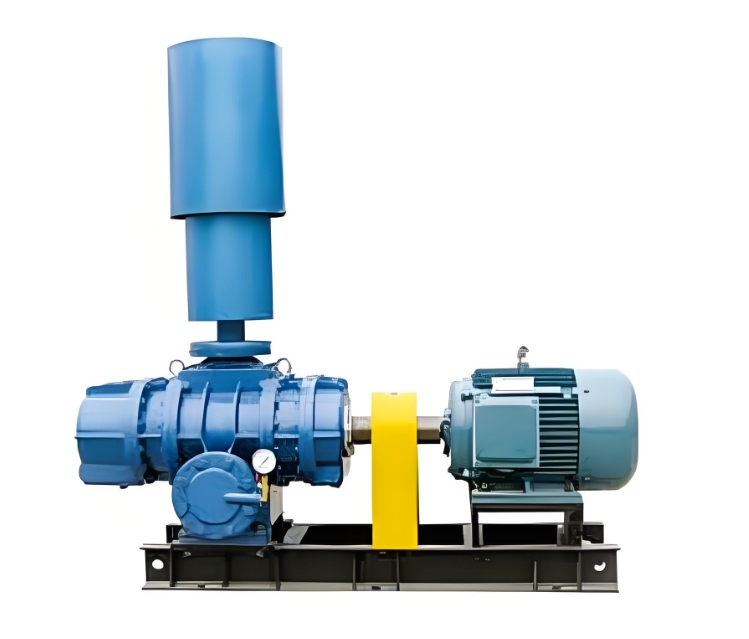The speed range of Roots blowers varies depending on design, purpose, and manufacturer, but typically follows the following standards:
---

**1、 Common speed range**
|* * Fan Type * * | * * Speed Range (rpm) * * | * * Applicable Scenarios * *|
|--------------------|-------------------|-----------------------------|
|* * Small Roots blower * * | 1000-3000 | Aquaculture, small pneumatic conveying (power<15kW)|
|* * Medium sized Roots blower * * | 750-1500 | Sewage treatment, chemical industry (power 15-75kW)|
|* * Large Roots blower * * | 500-1000 | Cement plant, metallurgy (power>75kW)|
|High pressure Roots blower * * | 600-1200 | High back pressure condition (pressure>58.8kPa)|
---
**2、 Key influencing factors of rotational speed**
1. * * Impeller diameter**
-The larger the impeller, the lower the speed (to avoid deformation caused by excessive centrifugal force).
-Example:
-150mm impeller: usually ≤ 1500rpm
-300mm impeller: usually ≤ 800rpm
2. * * Transmission mode**
-Direct drive: The speed is synchronized with the motor (e.g. 4-pole motor ≈ 1450rpm).
-Belt drive: Speed regulation through pulleys (can increase or decrease the speed by 20).
3. * * Characteristics of the medium**
-When transporting corrosive gases or dust, it is necessary to reduce the rotational speed (to minimize wear).
---
**3、 The relationship between rotational speed and performance**
-* * Airflow (Q) * *: Directly proportional to the rotational speed (Q ∝ n).
-Example: When the speed increases from 1000rpm to 1200rpm, the air volume increases by 20.
-Pressure (P): Independent of rotational speed (determined by system resistance).
-Power (N): Directly proportional to the cube of the rotational speed (N ∝ n3), excessive rotational speed can easily cause motor overload.
---
**4、 Risk of exceeding the speed limit**
1. * * High speed (>3000rpm)**
-Excessive centrifugal force on the impeller → deformation or fracture.
-Acceleration of bearing temperature rise (requires forced lubrication).
2. * * Low speed (< 500rpm)**
-Insufficient air volume leads to decreased efficiency.
-Lubricating oil cannot form an effective oil film (gear wear).
---
**5、 Selection suggestions**
1. * * Standard operating conditions * *: Prioritize the manufacturer's calibrated speed (such as 1450rpm).
2. * * Variable frequency regulation * *:
-Allow speed adjustment through a frequency converter (± 10 rated speed).
-Prohibit overclocking operation (such as 50Hz motors exceeding 52Hz for a long time).
3. * * Special Needs * *:
-High speed requirement: Choose high-speed balanced rotors (such as Kubota from Japan).
-Low speed requirement: Increase the impeller diameter instead of slowing down.
---
**6、 Typical rotational speed of each brand**
|* * Brand/Model * * | * * Common RPM * * | * * Remarks * *|
|--------------------|-------------------|----------------------------|
|Changsheng CSR-100 | 1450 | Directly connected 4-pole motor|
|Changsheng CSR-200 | 980 | Belt driven, low pressure high flow|
|Changsheng CSR250 | 1500 | Technology, Precision Gearbox|
|Changsheng CSR300 | 1000 | Large high-speed fan|
---
**7、 User self inspection method**
1. * * Nameplate verification * *: Check the rated speed indicated on the fan nameplate.
2. * * Actual measured speed * *:
-Non contact tachometer measures the shaft end.
-Inverter display value (requires calibration).
---
**Tip: If you need to adjust the speed, be sure to consult the manufacturer to avoid warranty failure or equipment damage caused by unauthorized changes!





